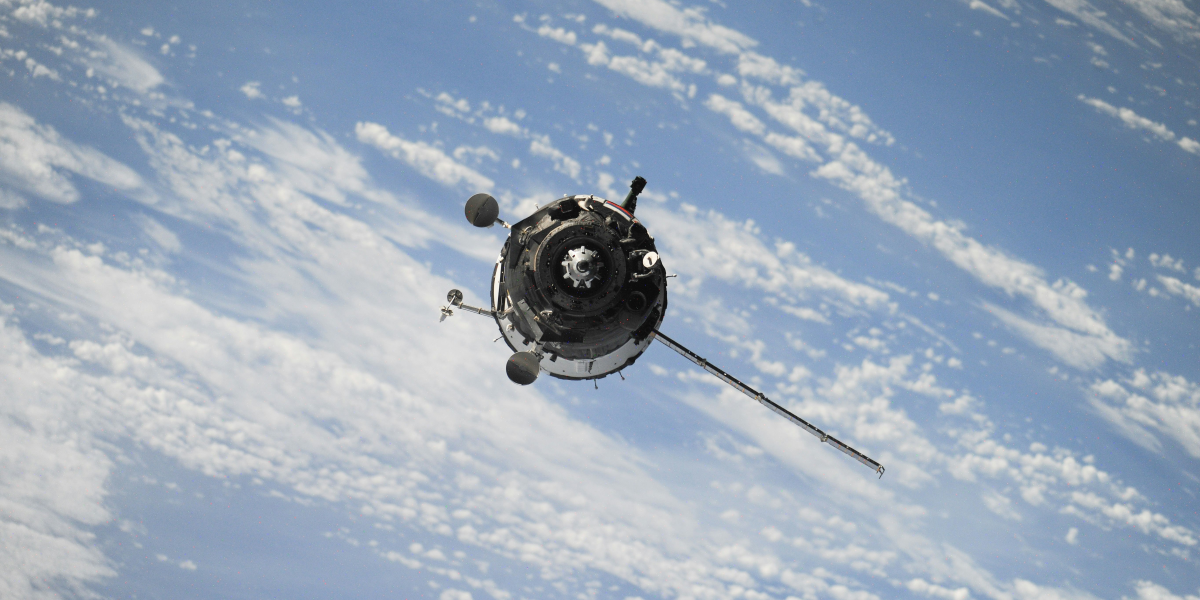The United States has a rich history of groundbreaking achievements in space exploration. Since the 1950s, the country has been at the forefront of exploring the cosmos, pushing the boundaries of technology and science. From landing on the Moon to deploying advanced telescopes that capture the universe’s wonders, American space exploration has marked significant milestones that continue to inspire and influence global scientific progress.
The Beginning of Space Exploration: The Space Race
The U.S. entry into space exploration began during the Cold War in a race with the Soviet Union. The launch of the Soviet satellite Sputnik in 1957 marked the beginning of the “Space Race,” prompting the U.S. to invest heavily in space technology. In 1958, the United States established NASA (the National Aeronautics and Space Administration) to lead its space efforts. NASA’s foundation marked a new era, beginning a series of ambitious missions to explore the unknown and assert American leadership in space.
Project Mercury: America’s First Steps in Space
Project Mercury was the first American human spaceflight program aimed at sending an astronaut into space and returning safely. Beginning in 1958, the program achieved significant milestones, with the first manned flight taking place in 1961 when astronaut Alan Shepard became the first American in space. The Mercury program laid the foundation for subsequent missions, providing critical knowledge about human spaceflight and setting the stage for more ambitious objectives.
The Apollo Program: Humanity’s First Steps on the Moon
The Apollo program represents one of the most celebrated achievements in space exploration. Launched in 1961 by President John F. Kennedy, it aimed to land an American astronaut on the Moon. On July 20, 1969, Apollo 11 achieved this goal, with astronaut Neil Armstrong becoming the first person to set foot on the Moon. His iconic words, “That’s one small step for man, one giant leap for mankind,” resonated worldwide, symbolizing human achievement and American leadership in space.
Apollo 11 and Beyond: Lunar Exploration
Apollo 11 was only the beginning of NASA’s lunar exploration. The Apollo program included six successful Moon landings, allowing astronauts to conduct experiments, collect rock samples, and test equipment that would later inform more advanced space missions. The data and materials collected from the Apollo missions contributed significantly to the scientific understanding of the Moon’s composition, age, and origin. The Apollo program’s success also solidified the United States as a leader in space exploration and inspired generations of scientists, engineers, and space enthusiasts.
The Space Shuttle Program: A New Era of Reusable Spacecraft
In 1981, NASA launched the Space Shuttle program, marking the dawn of reusable spacecraft. Unlike previous missions, where spacecraft were discarded after a single use, the Space Shuttle could be launched, landed, and reused multiple times. This innovation made space missions more economical and accessible, enabling more frequent trips to space.
Key Missions of the Space Shuttle Program
The Space Shuttle program was instrumental in deploying significant space assets, including the Hubble Space Telescope and parts of the International Space Station (ISS). Notable shuttle missions include the launch of the Hubble Space Telescope in 1990, which revolutionized astronomy by capturing high-resolution images of distant galaxies, nebulae, and other celestial bodies. The program also played a vital role in the assembly and maintenance of the ISS, a collaborative international project that serves as a research hub for scientific experiments in microgravity.
Tragedies and Lessons Learned
The Space Shuttle program experienced two major tragedies: the Challenger disaster in 1986 and the Columbia disaster in 2003. Both incidents resulted in the loss of crew members and led to extensive investigations. These tragedies highlighted the risks of space exploration and spurred changes in safety protocols, engineering practices, and mission planning. Despite these setbacks, the Space Shuttle program’s contributions to space science and technology remain profound.
Mars Exploration: Unveiling the Red Planet
NASA’s Mars exploration efforts have expanded human understanding of the Red Planet, uncovering clues about its geology, climate, and potential to support life. The exploration of Mars began in earnest with the Viking program in the 1970s, followed by a series of rovers that have continued to send back data, images, and insights.
The Rover Missions: Spirit, Opportunity, Curiosity, and Perseverance
Rovers have played a crucial role in Mars exploration. Launched in 2004, the Spirit and Opportunity rovers significantly expanded their knowledge of Martian surface conditions, revealing evidence of past water flow. Curiosity, launched in 2011, continues to study Mars’ climate and geology, focusing on whether the planet could have supported microbial life. In 2021, NASA’s Perseverance rover landed on Mars, equipped with advanced tools to collect samples for a potential return mission to Earth. These rovers represent American ingenuity and technological progress, paving the way for possible human missions to Mars.
The Enduring Legacy of American Space Exploration
From the early days of Project Mercury to the ambitious Artemis missions, American achievements in space exploration have set benchmarks in science, technology, and innovation. Each milestone, from the Moon landing to commercial spaceflight development, has expanded human understanding of the universe and inspired future generations. As NASA and private companies continue to collaborate, the future of space exploration promises even greater discoveries, ensuring that the United States remains at the forefront of humanity’s journey into space.














